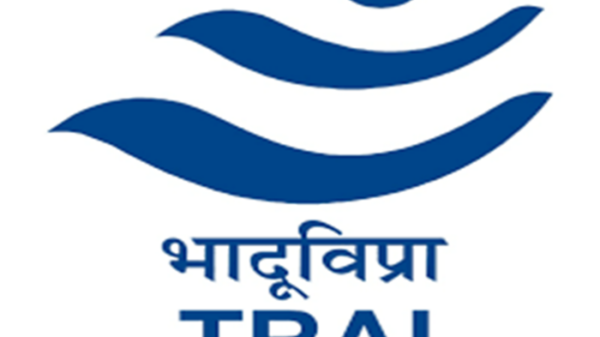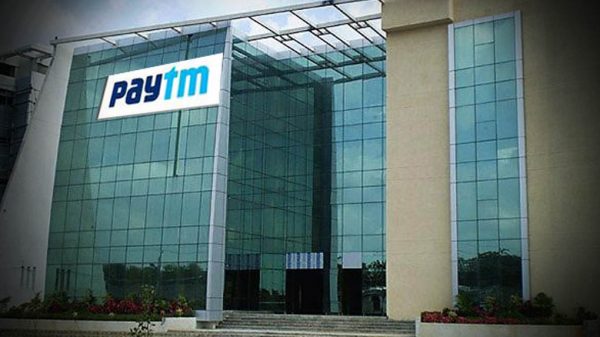
By Ritvik Kulkarni, Spicy IP Fellowship applicant
Union Budget 2016: The Finance Minister proposes Tax Sops on IP exploitation and Sobs on R&D Expenditure (Part II)
In Part I, I dealt with two important IP-based tax sops from the Union Budget 2016. In the present post, I will be dealing with a much celebrated reduction in income tax for startups.
Concession stand
At present, the income earned from patent royalty is taxed at 30%. As per this year’s Budget, this rate is proposed to be reduced to 10% with effect from April 1, 2017. The FM, under Clause 52 of the Finance Bill, 2016, has proposed the insertion of Section 115BBF in the Income Tax Act, 1961 (IT Act):
Section 115BBF states that where the total income of an eligible assessee includes any income by way of royalty in respect of a patent developed and registered in India, then such royalty in respect of the patent shall be taxable at the rate of ten per cent (plus applicable surcharge and cess) on the gross amount of royalty.
Explanation (f) to Section 115BBF defines a patentee as follows:
“patentee” means the person, being the true and first inventor of the invention, whose name is entered on the patent register as the patentee, in accordance with the Patents Act, and includes every such person, being the true and first inventor of the invention, where more than one person is registered as patentee under that Act in respect of that patent;
Explanation (i) to Section 115BBF gives the same meaning to the term “true and first inventor” as Section 2(1)(y) of the Patents Act, 1970 (Patent Act). The latter section defines a “true and first inventor” to not include either the first importer of an invention into India, or a person to whom an invention is first communicated from outside India”. The term “person” is defined under Section 2(1)(s) of the Patent Act “to include the Government”. On the other hand the Patent Manual, issued by the Indian Patent Office, has clarified here that the term should mean “person” as defined in the General Clauses Act, 1897 includes any company or association or body of individuals, whether incorporated or not”.
Therefore it can be argued that in the absence of an express exclusion of juristic persons from the term ‘true and first inventor”, companies can directly enjoy the benefit offered by the proposed Section 115BBF of the Finance Bill, 2016.
Therefore, Section 115BBF limits this benefit only to “royalty in respect of a patent registered in India” and to “the true and first inventor[s] of the invention”. This concessional tax regime is intended mainly to provide an additional incentive for companies to retain and commercialize existing patents and to develop new innovative patented products in India and is hoped to encourage domestic companies across sectors to locate high-value jobs associated with the development, manufacture and exploitation of patents in India. If it succeeds, this will create new high quality and high paying jobs for Indian talent and cut down brain-drain in India.
At present, patentees residing in India are eligible for a deduction on their royalty earnings from patent exploitation. Section 80RRB of the IT Act provides for a deduction of up to Rs. 3,00,000/- on such income. Spicy IP has previously covered Section 80RRB here. Let’s take an illustration. Out of a annual total income of Rs. 10,00,000/-, a patentee earned Rs. 3,00,000/- from royalty payments. Then at the time of computing tax, the patentee’s royalty earnings will be deducted from the gross income and only an amount of Rs. 7,00,000/- will remain taxable. Now, section 115BBF(2) has disallowed any deduction in respect of any expenditure or allowance in computing income received from patent royalties. Since the said provision deals only with expenditure and allowances, it is expected that the deduction under Section 80RRB will remain unaffected and will therefore coexist with the concessional flat tax under Section 115BBF.
The Super Deduction
At present, Section 35(2AB)(1) of the Income Tax Act, 1961 (IT Act) a weighted deduction of 200% on in-house R&D expenditure. It reads as follows:
“Where a company engaged in the business of biotechnology or in any business of manufacture or production of any article or thing, not being an article or thing specified in the list of the Eleventh Schedule incurs any expenditure on scientific research (not being expenditure in the nature of cost of any land or building) on in-house research and development facility as approved by the prescribed authority 33 , then, there shall be allowed a deduction of a sum equal to two times of the expenditure so incurred.
Explanation —For the purposes of this clause, “expenditure on scientific research”, in relation to drugs and pharmaceuticals, shall include expenditure incurred on clinical drug trial, obtaining approval from any regulatory authority under any Central, State or Provincial Act and filing an application for a patent under the Patents Act, 1970 (39 of 1970).”
This means that if an eligible assessee spent Rs. 10,00,000/- towards R&D expenditure, an amount of Rs. 20,00,000/- would be deducted from its taxable income. Read here for a more detailed analysis on Section 35(2AB) of the IT Act. This is intended to incentivise investors to generously support smaller players involved in pharmaceutical drug discovery. Such a supplementing measure is essential for Indian pharmaceutical firms because pharmaceutical drug discovery costs a fortune and sometimes takes as long as 12 years and promises an abysmal 1% rate of commercial success. Read more here and here about drug discovery and its high rate of failure.
Pursuant to Section 35 of the IT Act, this innovation-friendly benefit includes wages for R&D personnel, supplies, utilities and other expenses directly related to R&D. Importantly, it also covers expenses incurred in clinical drug trials; provided inter alia that a patent application for concerned new drug has been filed before the IPO. Such R&D activities must take place in India regardless of where the IP is exploited. Therefore this benefit can be enjoyed essentially by biotechnology and other selected manufacturing firms approved by the Department of Scientific and Industrial Research.
In this year’s budget speech, the Finance Minister stated with conviction that “research is the driver of innovation and innovation provides a thrust to economic growth”. However he has in the very next breath proposed a 50% cut in the weighted tax deduction enjoyed by biotechnology firms and others on R&D expenditure.
Pursuant to the Union Budget 2016 this ‘super deduction’ has been reduced from 200% to 150% from FY 2017-18 to FY 2019-20. The innovation driven tax break will eventually be curtailed at 100% from the FY 2020-21 onwards.
Most stakeholders have made peace with this move because they will enjoy the 10% concessional tax on IP exploitation. However, others feel aggrieved since, as noted in this article, in Mint Indian companies rely more on tax incentives, grants and soft loans from the government, which the industry complains are inadequate and bogged down by clumsy procedures and red tape. While these are legitimate concerns a reduction in the tax break can also be justified by the fact that it is often misused by its beneficiaries, who disguise marketing costs as R&D costs to evade tax. The phenomenon in its American context has been covered by The Public Citizen’s Congress Watch here. Also see this article, by Donald W Light and Rebecca Warburton, on “how high estimates have been constructed by industry-supported economists, and how much lower actual costs may be”.
For instance, Arun Maria has strongly criticized the unethical patenting standards adopted and puffed-up R&D expenditure claimed by pharmaceutical companies. He believes that “the so-called “innovative” pharmaceutical companies are spending twice as much on marketing their products and on defence of their patents and monopolies than they are spending on R&D”. Therefore a cut in tax benefits may be justified. Nevertheless, I believe that these incentives should still be kept running as Indian pharmaceuticals are heavily dependent on them. At the same time, the government should frame express rules to ensure that the deduction claimed is genuinely and exclusively towards R&D expenditure.
In conclusion, it can be safely said that this year’s budget is not just another brick in the wall; the government seems to have carefully chosen its tax benefits for startups and other innovation based concerns. Now what is left to see, is whether any of these well-intended proposals will actually stand to see the light of day after the Budget Session of Parliament.
P.S. A special and huge thanks to my friends Darsh Thakker and Shan Kohli for patiently helping me to correctly understand fiscal terms and aspects of taxation law.
***
Read the original article here.
Copyright © 2016 SpicyIP. This article has been crossposted with permission from SpicyIP.
Image Credit: Cory Doctorow under CC BY SA 2.0




























